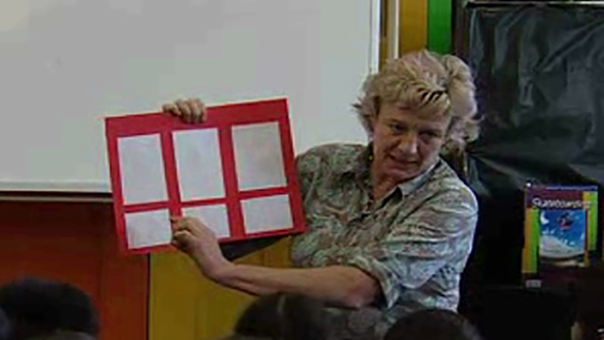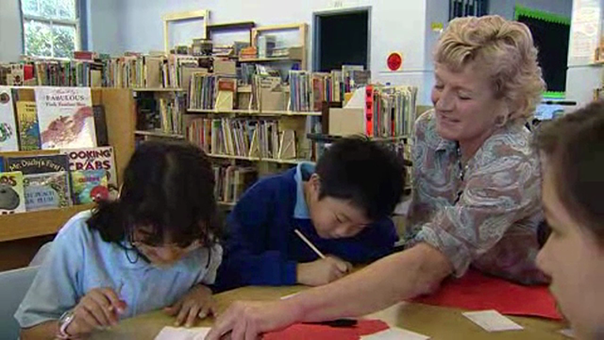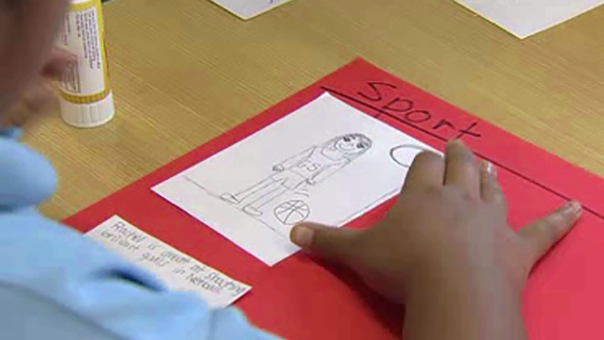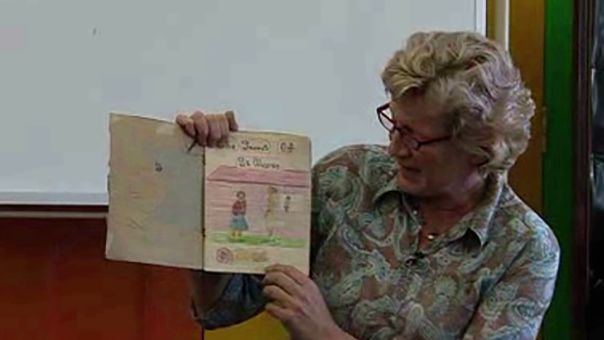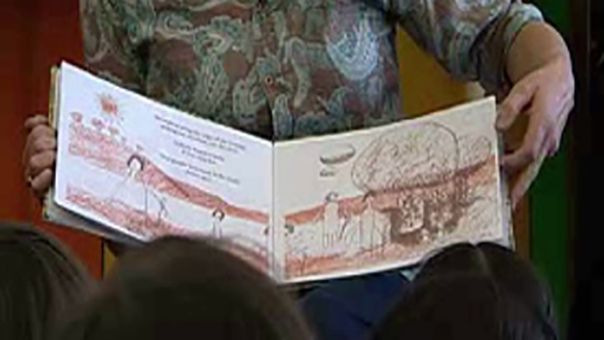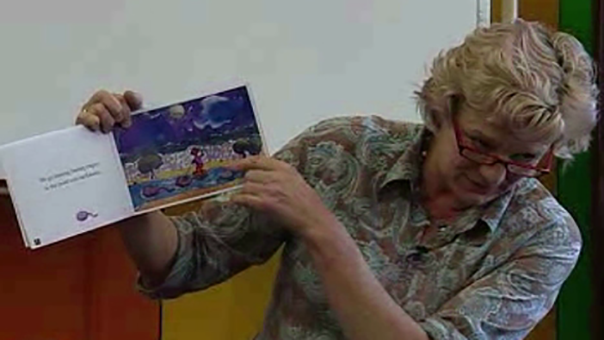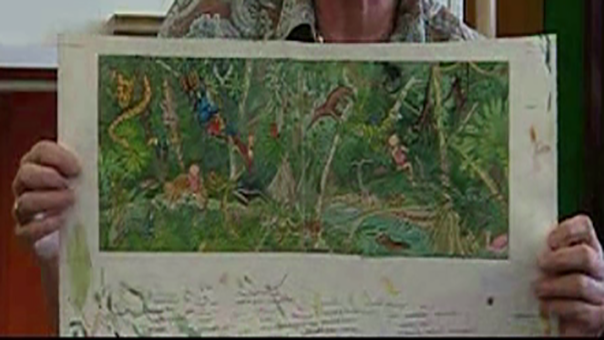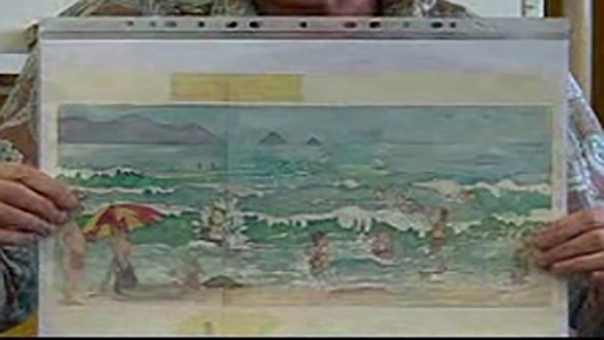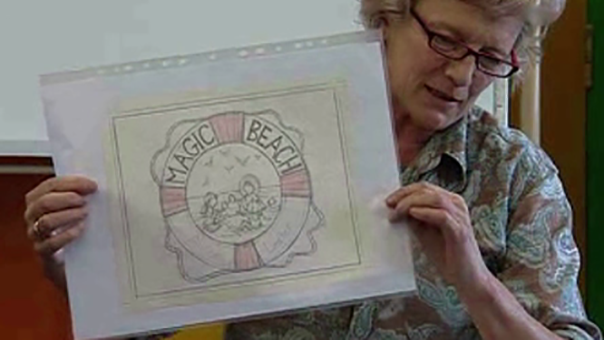7. Making your own book - Inspiration 1
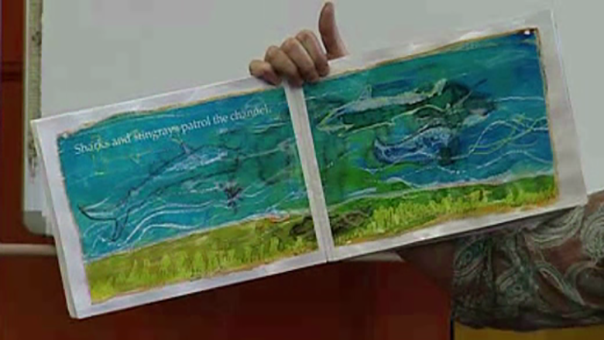
Viewing guide
Students to:
-
discuss the different ways a book can be structured, for example, over the seasons like the book in the first video, or organised by actions like their class book
-
discuss how the intended audience impacts the structure of a book, compare picture books to chapter books, as well as the different ways that picture books can be structured
-
record in their journal the different ideas that the class produced and then apply them to their idea for their book.
Teacher to:
-
elicit discussion about the language used in the Mornington Island book, including use of repetition, alliteration and rhythm
-
elicit discussion about the images used in the book, who is the audience of this book, why are the images appealing?
-
elicit discussion about the structure of the book, how does showing change over the course of the day help to make the book more or less appealing to the audience?
Students to:
-
record decisions in their journal about the structure, audience and type of language and artwork they plan to use in their book
-
do some rough sketches and/or scribble notes based on their decisions.
This lesson is designed to help students think about the importance of considering the structure, language and imagery of their texts before they start writing. Students will end this lesson with a structured plan outlining their book and its intended audience. If you are intending to incorporate Creative Arts syllabus outcomes you must specify that students are making a children’s book, but they could aim it at very small children or student’s nearer their age.
Learning intention
Completing this activity affords students the opportunity to:
-
discuss how language is used to achieve a widening range of purposes for a widening range of audiences and contexts (EN3-5B)
-
use knowledge of sentence structure, grammar, punctuation and vocabulary to respond to and compose clear and cohesive texts in different media and technologies (EN3-6B)
-
think imaginatively, creatively, interpretively and critically about information and ideas and identifies connections between texts when responding to and composing texts (EN3-7C)
-
make artworks for different audiences, assembling materials in a variety of ways (VAS3.2)
-
acknowledge that audiences respond in different ways to artworks and that there are different opinions about the value of artworks (VAS3.3).
Alison Lester: This is a really nice one I did at Mornington Island last year. Mornington Island is right up in the Gulf of Carpentaria. And it's just a really simple text. Beautiful pictures, the kids did, just with wax crayon and vegetable dyes. 'Our island lies beneath a clear blue sky surrounded by the turquoise sea. Beneath the sea dugongs sleep on banks of sea grass. Turtles glide through the clear water. Sharks and stingrays patrol the channel. On the coral reef rock cods swim, giant clams open and close and the seaweed swishes like a forest.' And it goes on, 'Every tide the ocean leaves a gift of shells sprinkled along the beach.' I'll just get to the very end, there's one here I really like. So it goes through the day, 'The clear white moon shines down as the fruit bats fly out for food. Late at night ghost crabs make patterns on the sand. One howl becomes a chorus as the dogs sing to the moon.' And then the last page is, 'The bloodwoods whisper in the night breeze. Our island sleeps.' So, it's pretty simple to make a book, isn't it? Like, if you just plan it properly you can put it together really nicely.


